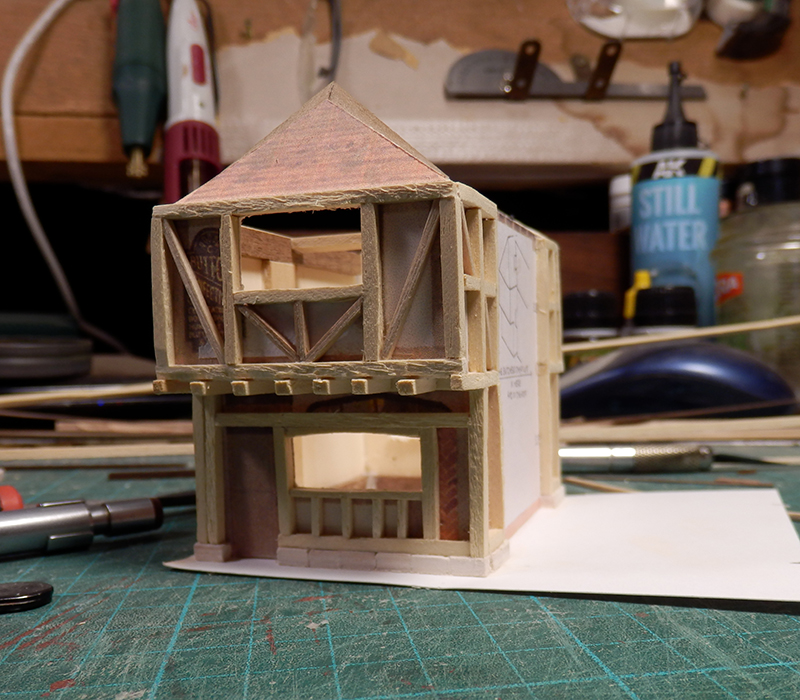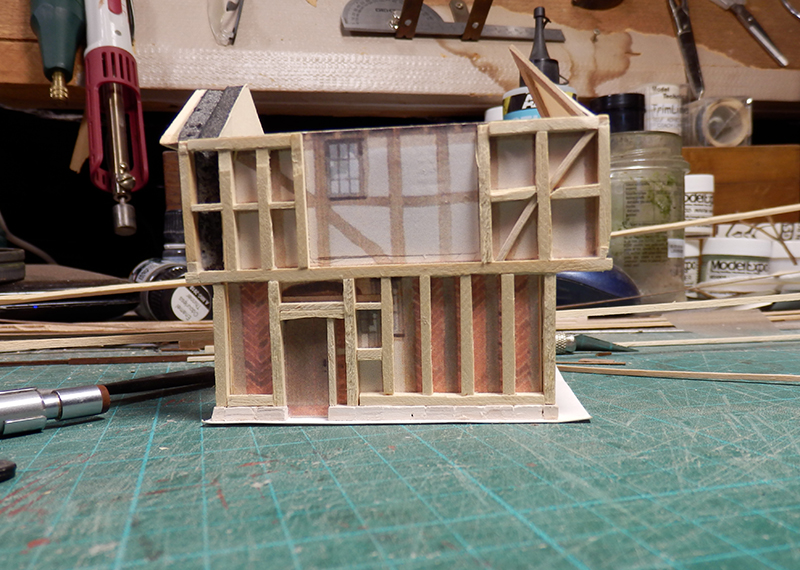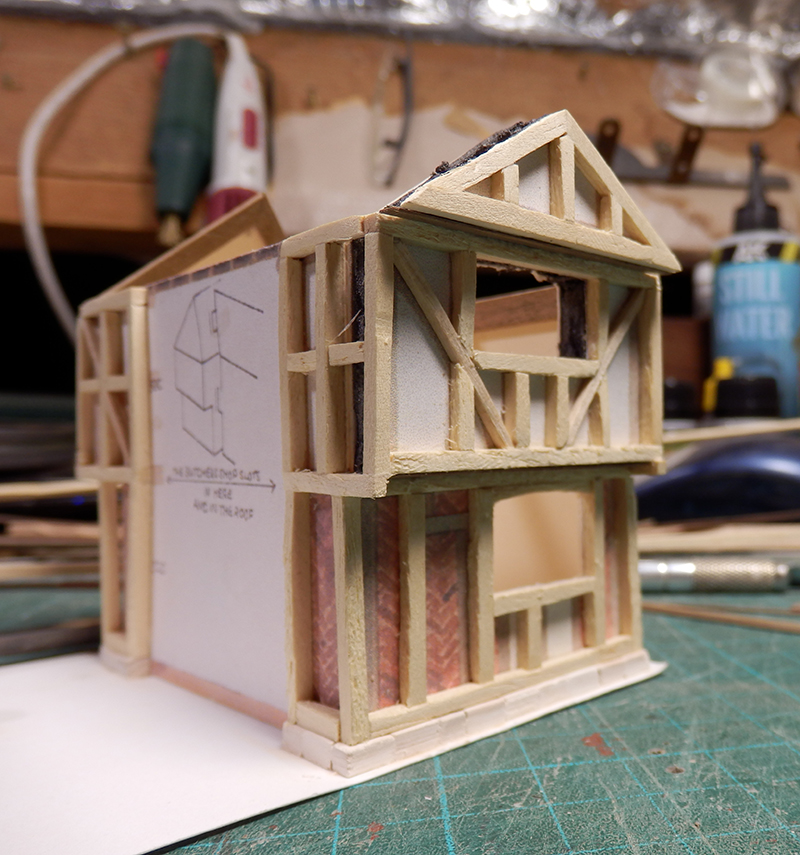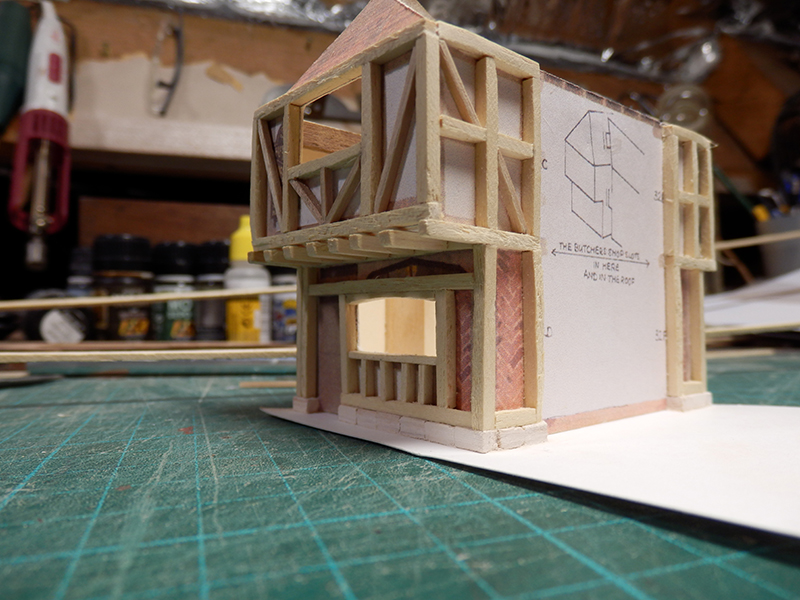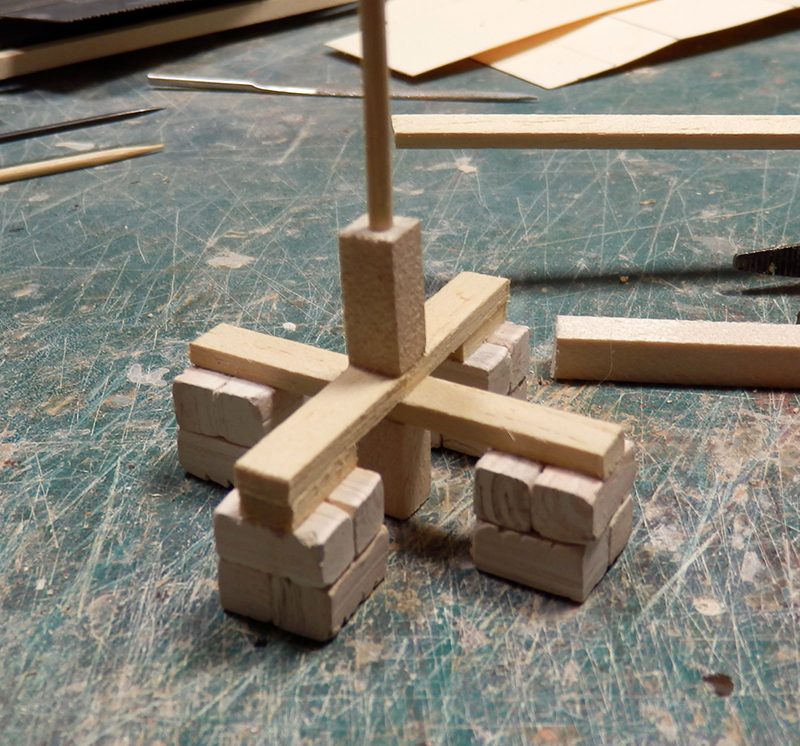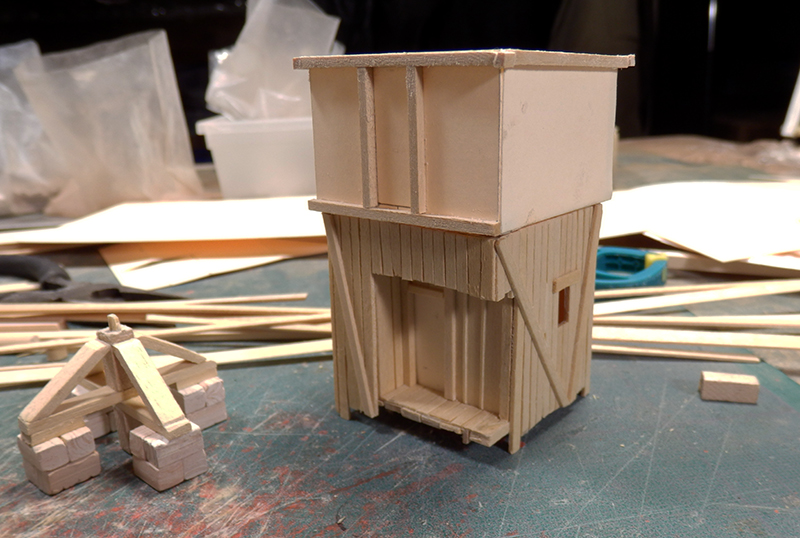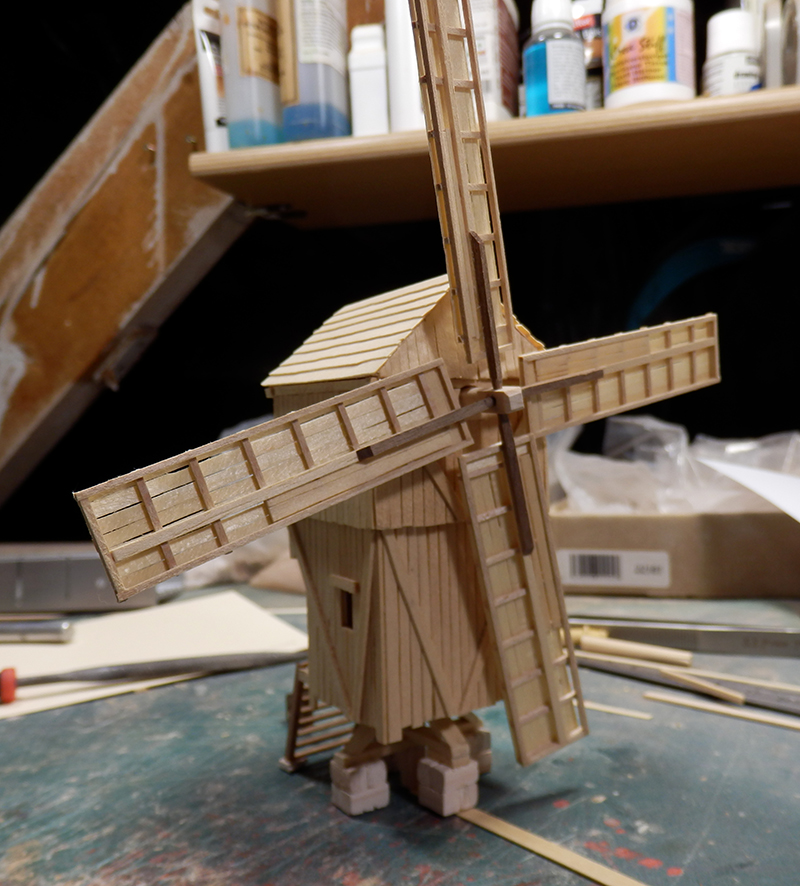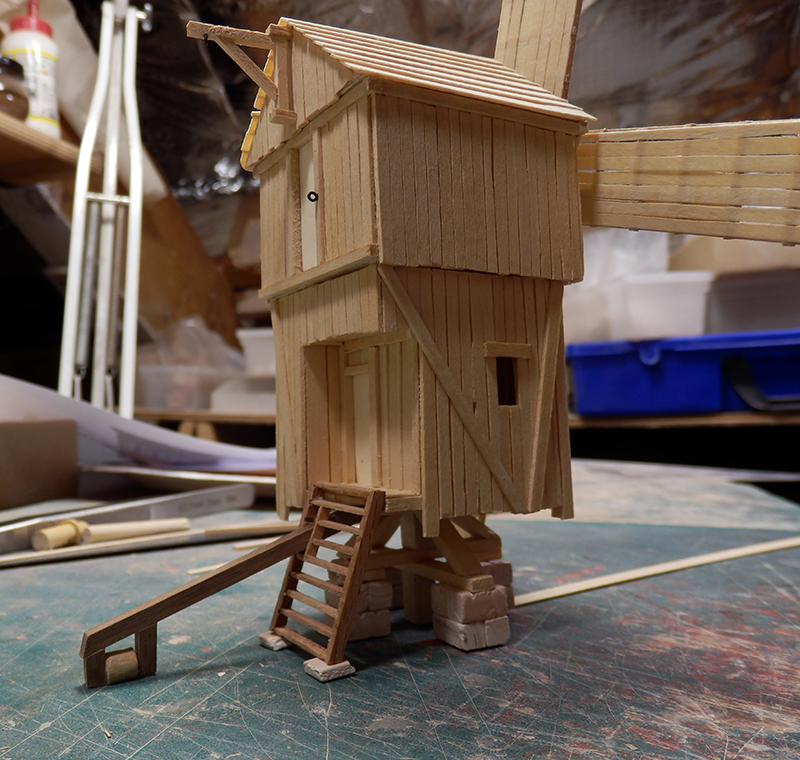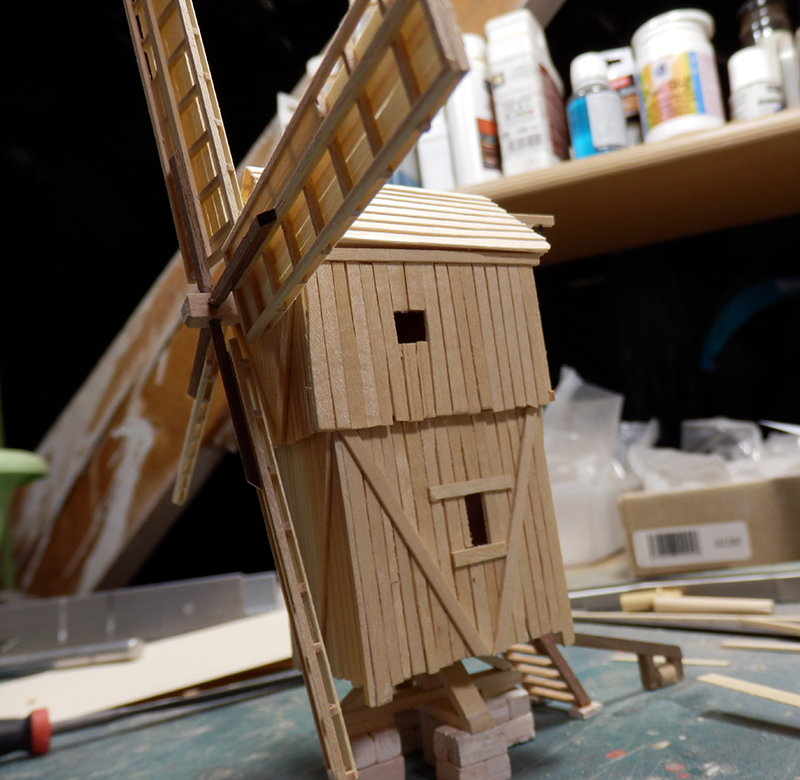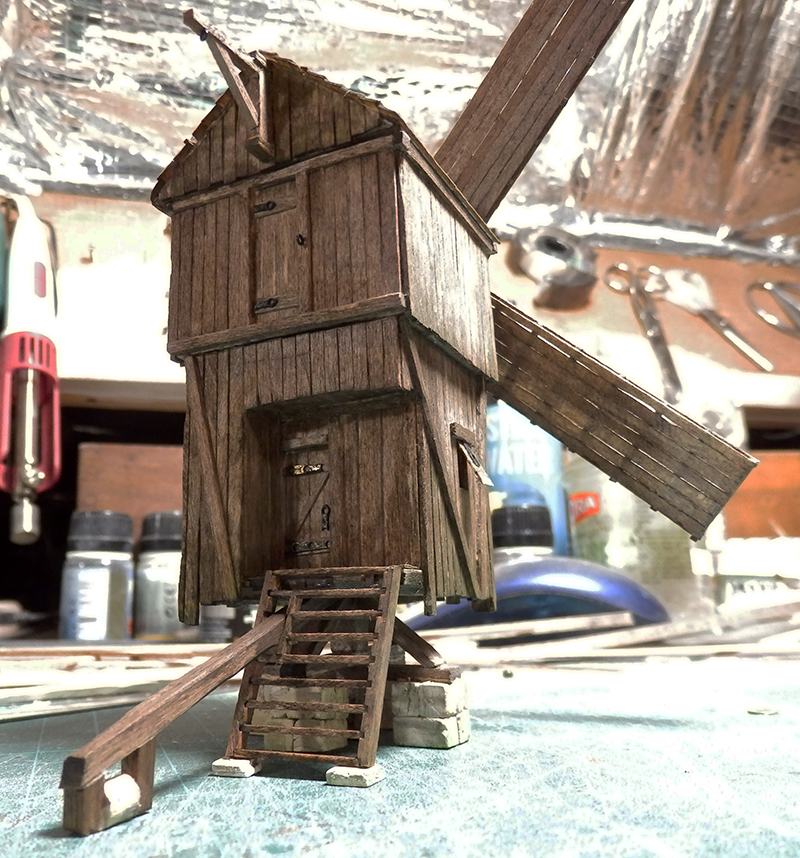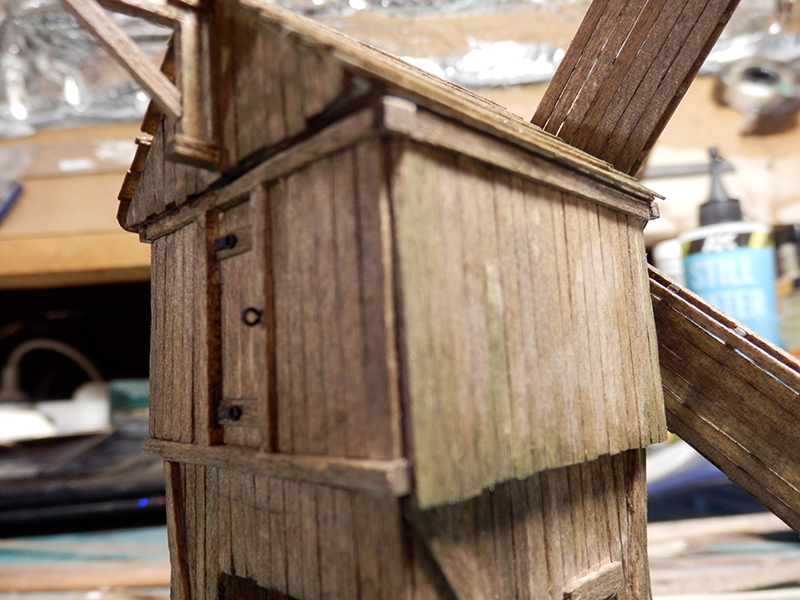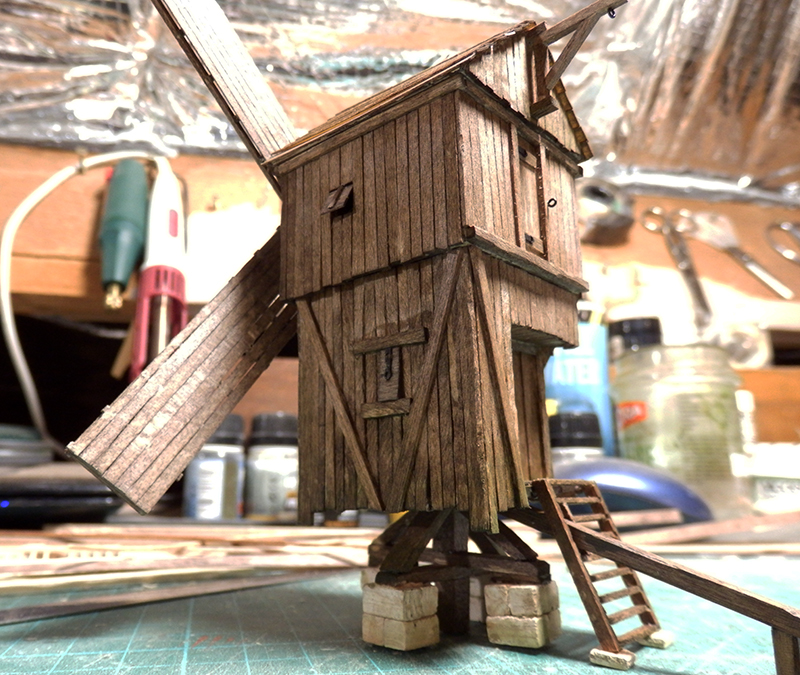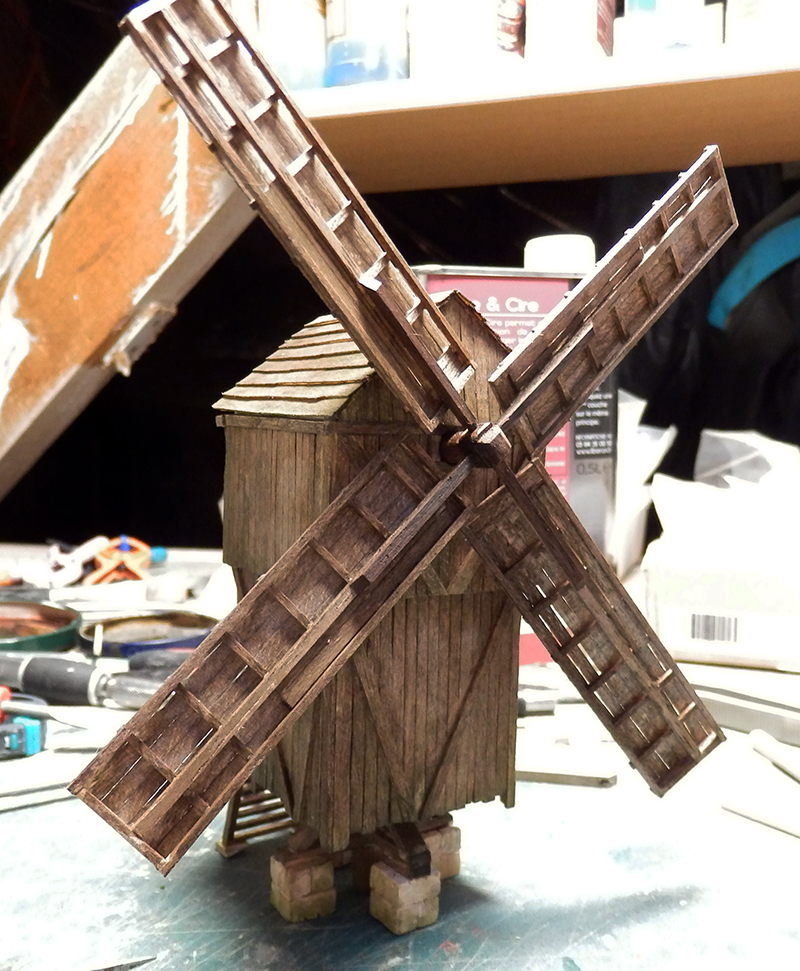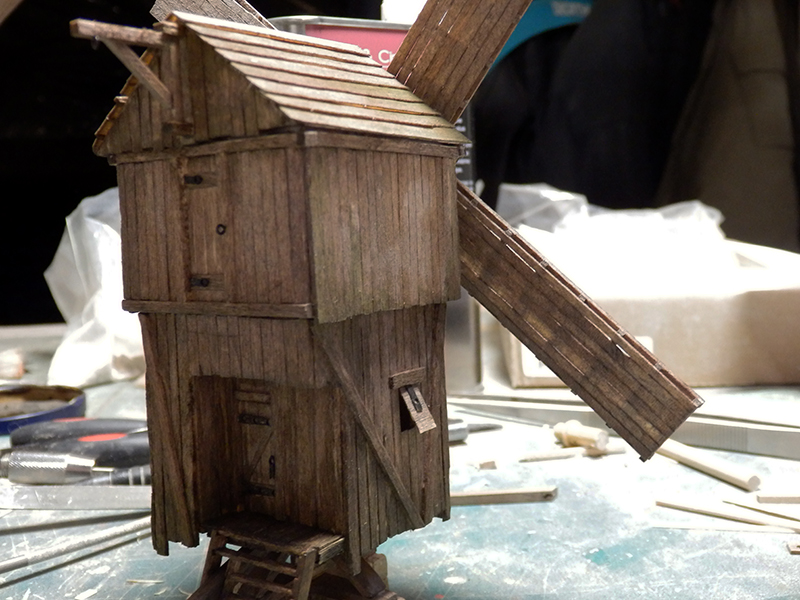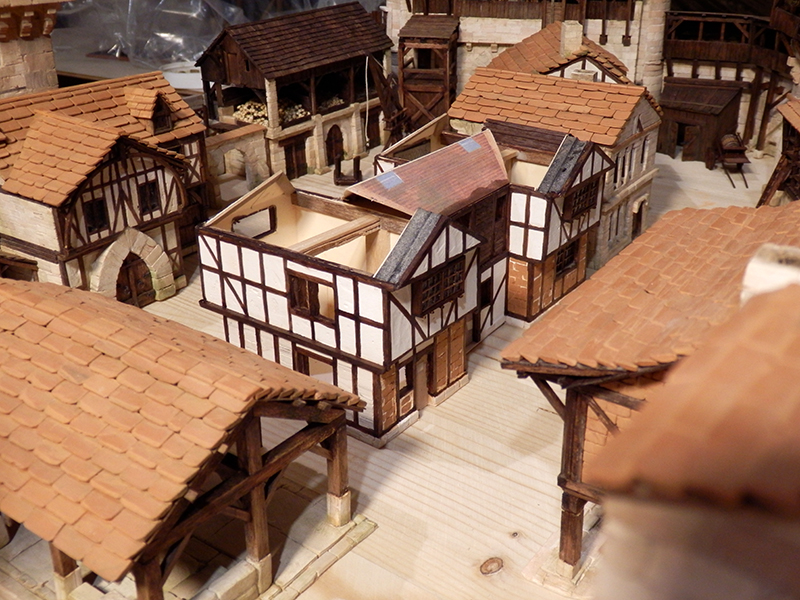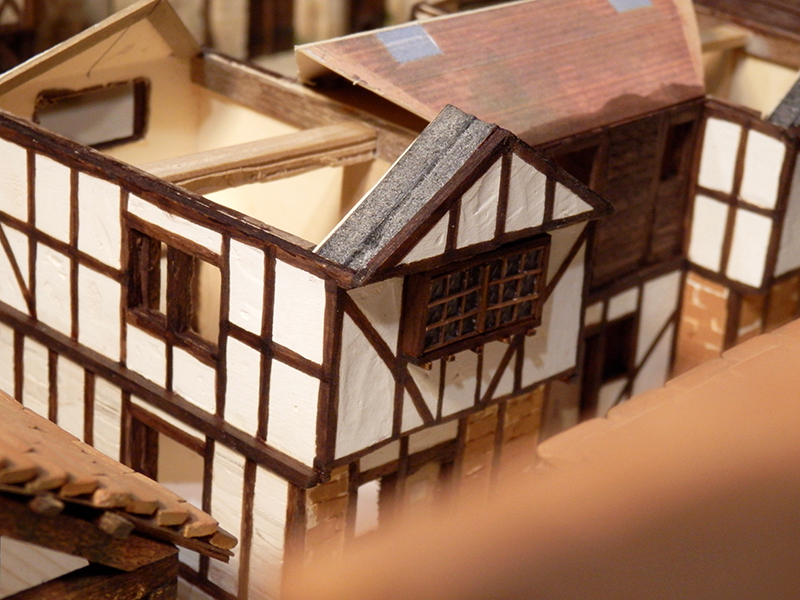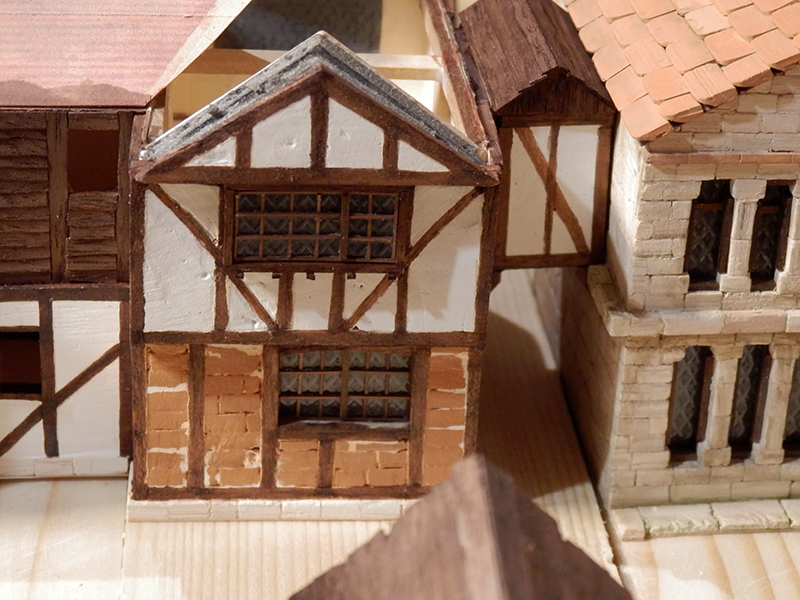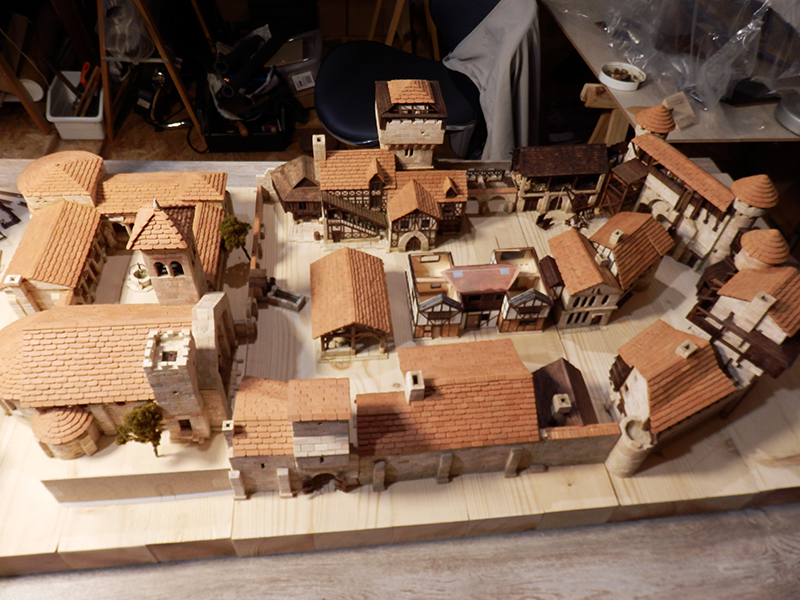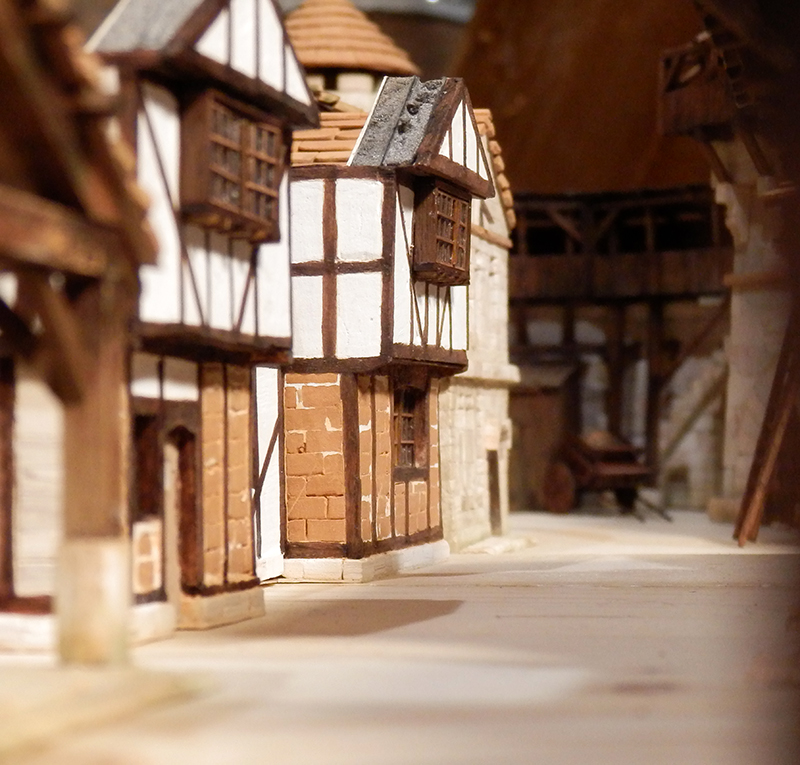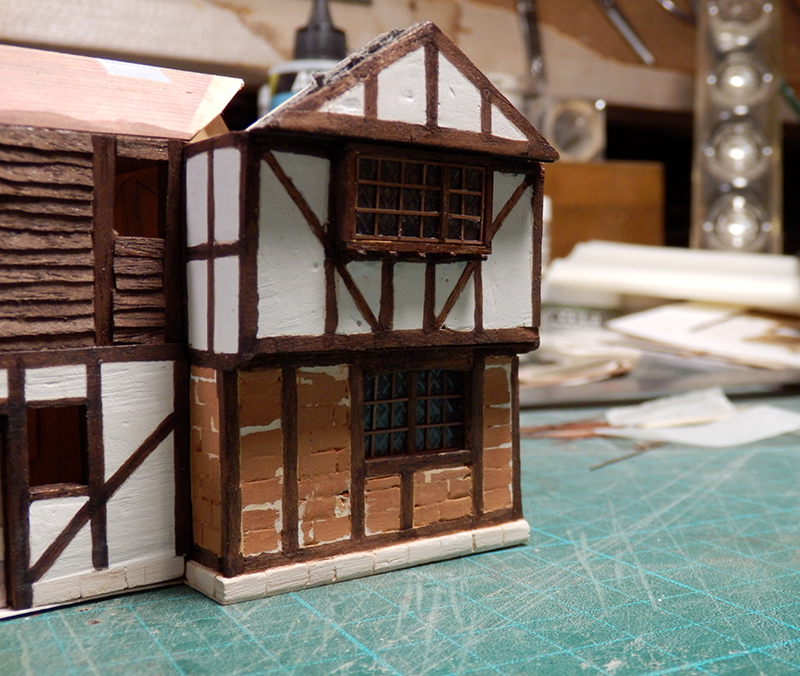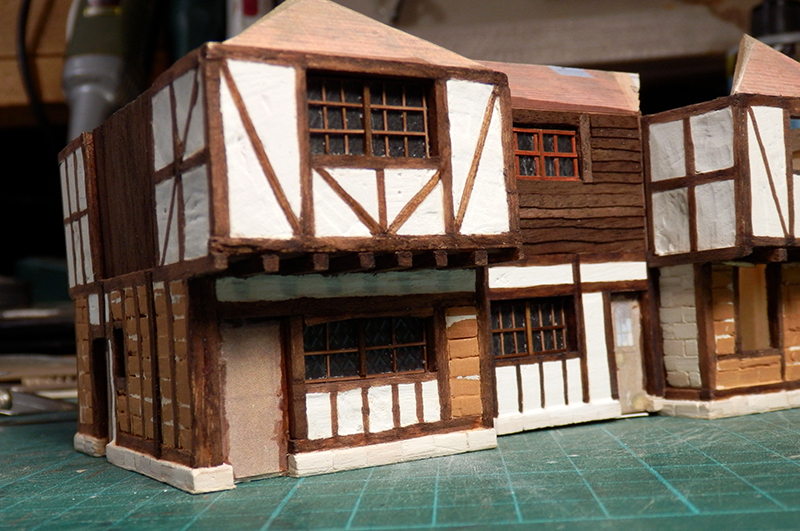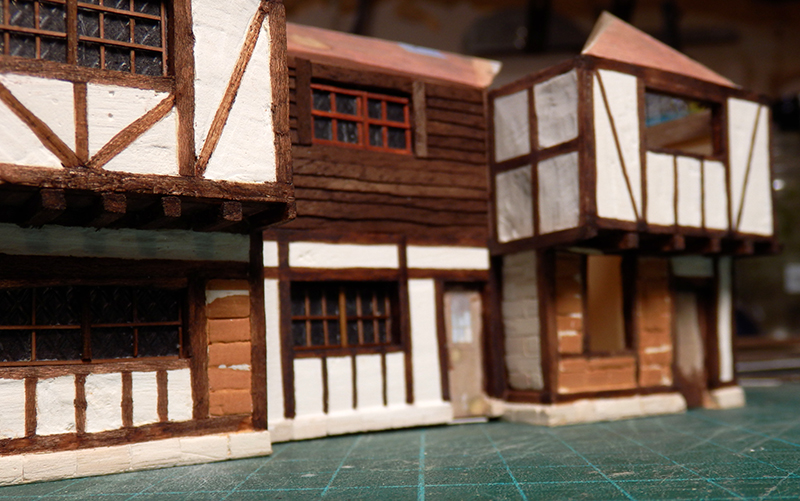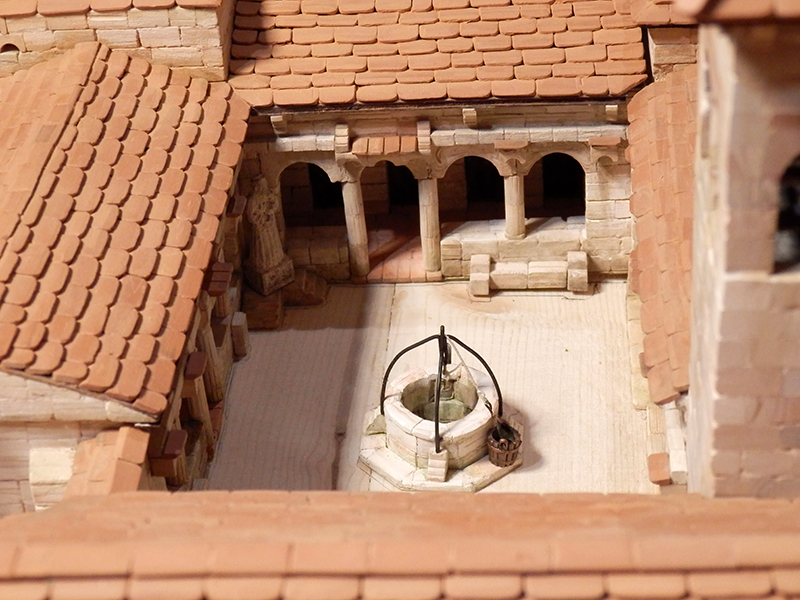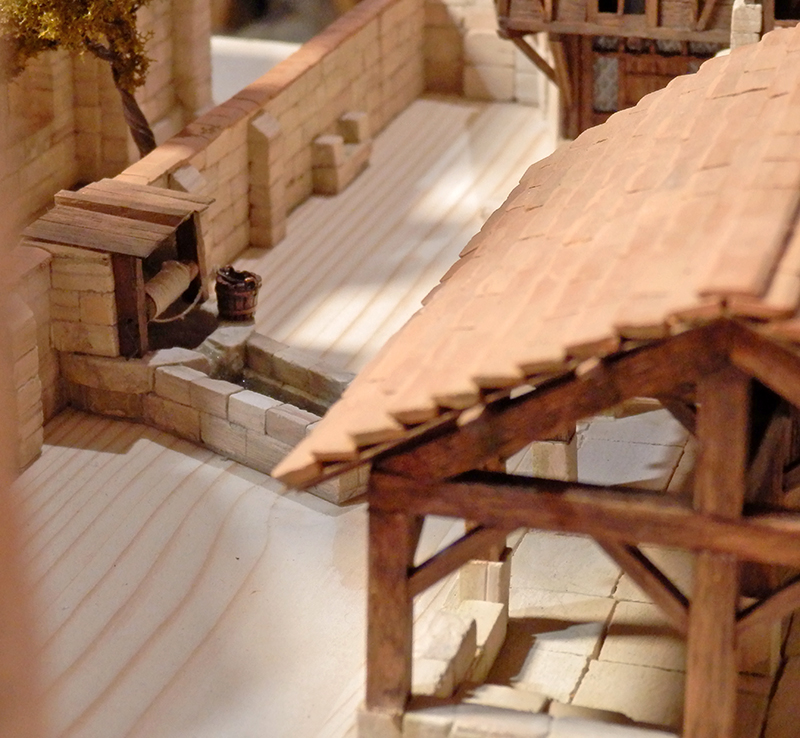Yes, you're right, it would be a shame to present the village in 3 parts, but simply, I was responding to the different possibilities. Since I built it in 3 bases of 50x37cm, we can divide it completely.
The reason is simple: I need to be able to transport it easily if needed, starting by being able to take it down from my attic-studio!
The 2nd reason is that I can with this system continue to make other future parts that could complete this set.
The reason is simple: I need to be able to transport it easily if needed, starting by being able to take it down from my attic-studio!
The 2nd reason is that I can with this system continue to make other future parts that could complete this set.




